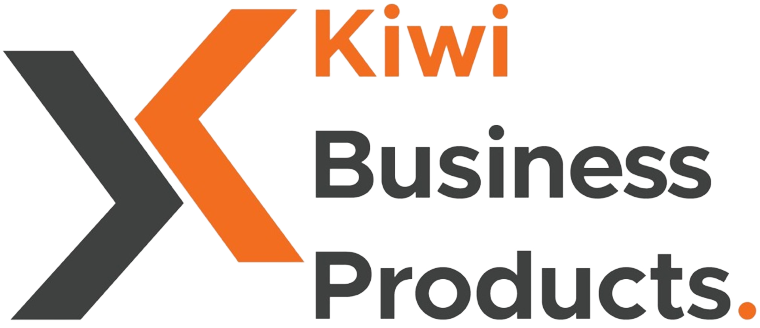In an increasingly noisy world, preserving our hearing has never been more crucial. Understanding the science of sound and how high-quality hearing protection works is essential for anyone looking to safeguard their auditory health, whether they are construction workers, factory workers or home handy person.
Understanding Sound and Its Impact
The Nature of Sound Waves
Sound travels through the air in waves created by vibrating objects. These waves are captured by our ears and translated into what we perceive as sound. However, when the sound level exceeds certain thresholds, it can become harmful to our hearing.
Decibels and Hearing Damage
Sound intensity is measured in decibels (dB). Normal conversation is typically around 60 dB, while a jet engine can reach over 140 dB. Prolonged exposure to sounds above 85 dB can lead to permanent hearing damage, making it crucial to understand and manage our exposure to loud noises.
The Role of High-Quality Hearing Protection
Types of Hearing Protection
It's important to protect your hearing, especially if you work in an environment with loud noises for extended periods of time. There are different types of hearing protection available, such as foam earplugs, ear muffs, and Bluetooth earmuffs. This applies to a variety of work environments, from factories and engineering to lawn mowing and handyman work. Using hearing protection is crucial for protecting your ears, no matter what type of work environment you are in.
How Earplugs Work
Hearing protection earplugs work by creating a physical barrier that reduces the sound energy reaching the eardrum. High-quality earplugs are engineered to attenuate sound evenly across frequencies, preventing muffled hearing and allowing for clearer sound perception.
Innovations in Hearing Protection
Advanced Materials and Design
Recent advancements in material science have led to the development of earplugs that are not only more effective at sound reduction but also more comfortable and discreet. Memory foam, custom-molded silicone, and advanced polymers are some materials that make a significant difference.
Implementing Effective Hearing Protection
Personalizing Protection
Choosing the right hearing protection involves considering factors like noise levels, comfort, communication needs, and the environment. For example, industrial workers need earplugs that integrate with other safety equipment.
Creating a Culture of Hearing Safety
In workplaces and communities, educating people about the risks of noise exposure and the importance of hearing protection is vital. Regular hearing checks, awareness campaigns, and making hearing protection readily available can foster a culture of hearing safety.
The science of sound and hearing protection is a critical area of understanding in our modern, noisy world. High-quality hearing protection not only preserves our hearing but also ensures we can continue to enjoy the sounds of life without compromise. Whether through advanced materials, innovative designs, or smart technology, the evolution of hearing protection is a testament to our commitment to safeguarding one of our most precious senses.
With over 25 years of experience, the family-owned Kiwi Business Products stands a league apart in New Zealand's market with a diverse array of hearing protection earplugs, office essentials, sports and business clothing, and hospitality supplies. Focused on delivering exceptional service, they emphasize sustainability and quality in their product range. The company's approach goes beyond sales, fostering community ties, and supporting local enterprises. Their commitment positions them as a comprehensive provider for various business requirements, reflecting the unique Kiwi ethos of innovation and dependable service.
Source Url :- https://sites.google.com/view/kiwibusinessproduct/home





Comments